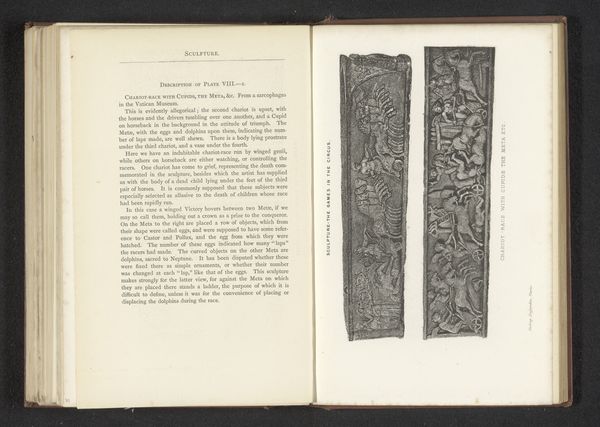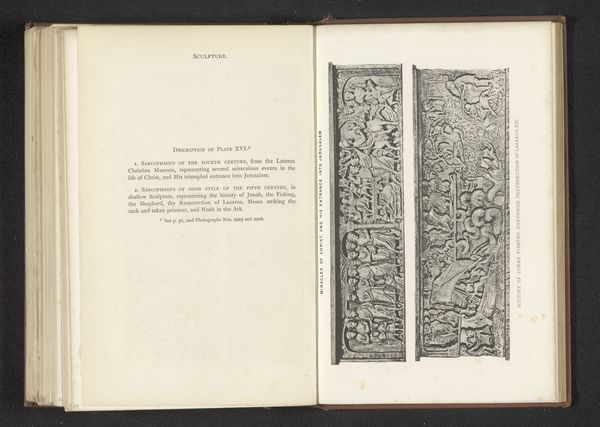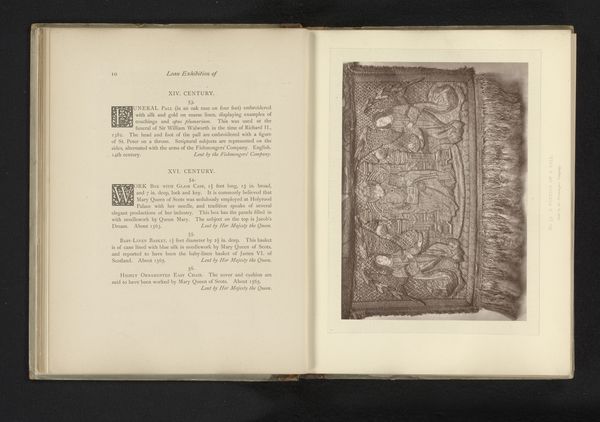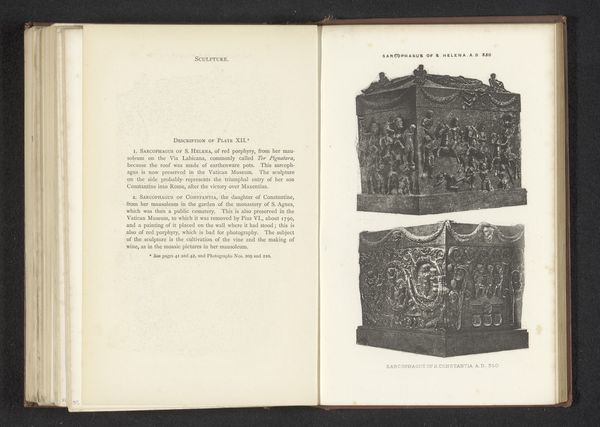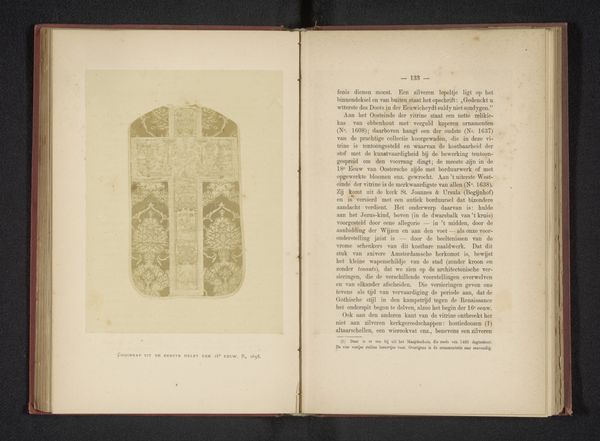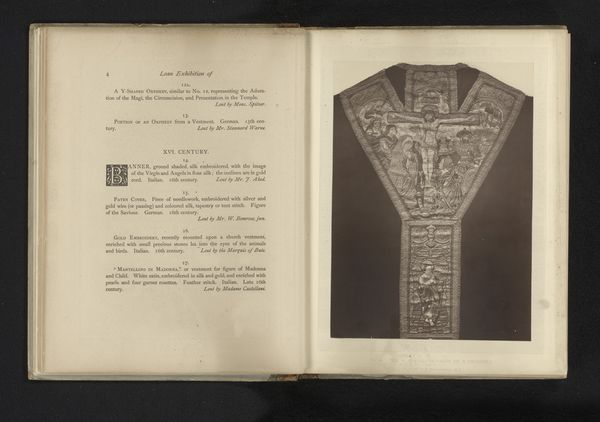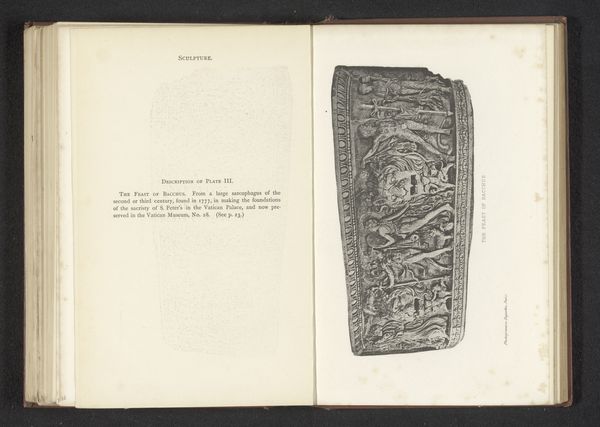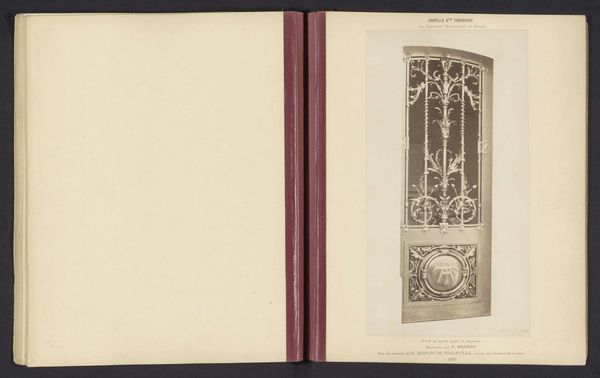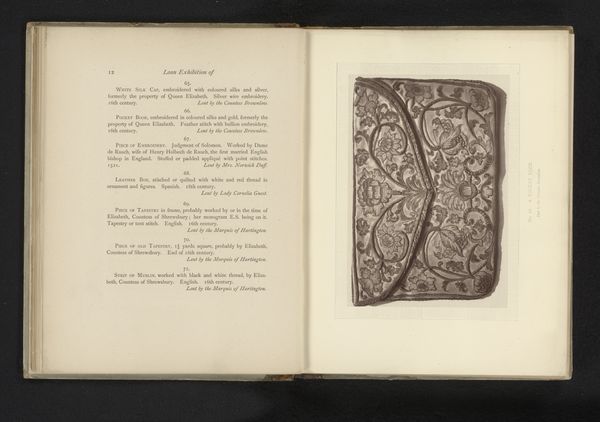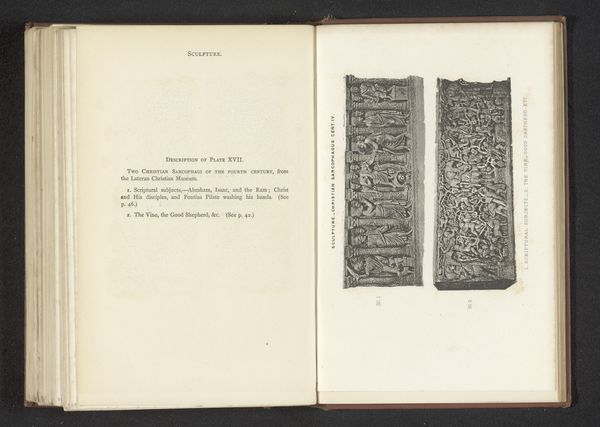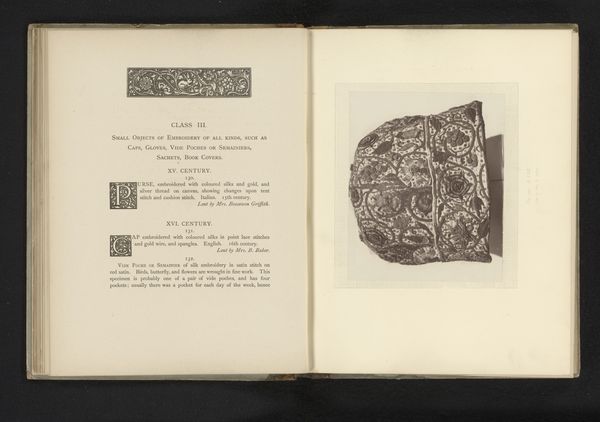
Reliëf van een sarcofaag, voorstellend een wedstrijd met paarden en triomfwagens before 1877
0:00
0:00
print, sculpture, engraving
#
narrative-art
# print
#
greek-and-roman-art
#
ancient-mediterranean
#
sculpture
#
history-painting
#
engraving
Dimensions: height 143 mm, width 224 mm
Copyright: Rijks Museum: Open Domain
This is an image of a relief from a sarcophagus, made in the second century. It depicts a competition with horses and chariots. This scene creates meaning through visual codes and historical associations. Produced in Rome, at the height of its imperial power, the sarcophagus provides insights into Roman culture, particularly their penchant for spectacles and games. These events, often held in venues like the Circus Maximus, were not mere entertainment; they were carefully orchestrated displays of power, capable of influencing public opinion and reinforcing social hierarchies. These games were expressions of Roman identity and prestige. The historian's role is vital here. By researching primary sources from the period, from literature to archaeological findings, we can piece together a more detailed understanding of the sarcophagus's function and the meaning of the imagery for its original audience. Art, after all, is contingent on its social and institutional context, and understanding that context is key to unlocking its significance.
Comments
No comments
Be the first to comment and join the conversation on the ultimate creative platform.
